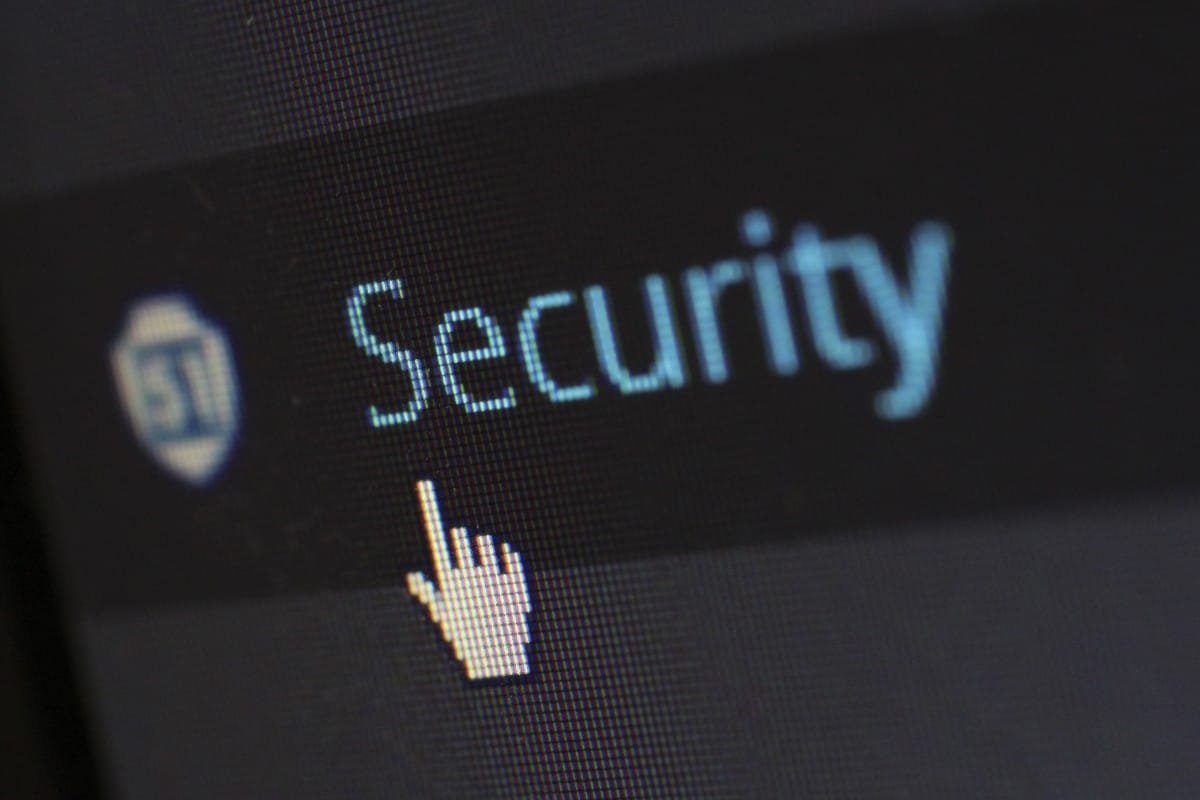How Safe Is Your Internet Connection?
Most of us take our home Wi-Fi connection for granted, connecting automatically each time we use a smartphone, laptop, or a variety of other internet-enabled devices at home including smart TVs, smart speakers, and even smart lights and appliances. But just how safe is your internet connection? Here are some simple and effective ways to keep your home Wi-Fi safe and secure.
Change the Wi-Fi Name
The first thing to do towards improving the safety of your home Wi-Fi is to change the SSID, or the network’s name. Most manufacturers provide wireless routers with a default SSID, which usually includes the company’s name and some letters and numbers. However, they are quite commonly known, which can give hackers a better chance of breaking into your network. Changing the SSID to something that doesn’t disclose any personal information can help protect your connection, keeping you safe as you play games or check out guides on online casinos on https://www.gambleonline.co/.
Set a Unique, Strong Password
Most wireless routers come with a default password, and most people don’t always bother to change it. After all, it’s on the back of the router and you might have a card with it on for other areas of the house, so it’s easy to log in again if you get disconnected. While some providers are getting better at setting strong, unique passwords for their wireless routers, they are often easy to guess by hackers – especially if they know the manufacturer of the router, which might be obvious if you haven’t changed the SSID. Change your password to one that it at least twenty characters long including letters, numbers, and symbols.
Keep Software Updated
Sometimes the router’s software will contain flaws that can turn into major weak points unless they are updated quickly. Manufacturers often release new firmware versions to keep routers safe and secure. Set your router to automatically update wherever possible, to make sure that the latest software and security patches are always downloaded onto the system.
Enable Network Encryption
Almost all wireless routers will come with a feature to enable encryption. This is turned off by default; however, switching it on can help make your network more secure. You should turn it on as soon as you have had the router installed by your broadband provider. The most recent and effective type of encryption available is ‘WPA2’.
Access Your Network with a VPN
A VPN or virtual private network refers to a group of computers or networks that work together. Individuals can use a VPN as a method of securing and encrypting their online communications. A client is launched on your computer when you use a VPN, and your computer will exchange keys with another server when you log in. Once the computers have been verified as authentic by one another, all your internet communications and activity will be encrypted and secure.
While most of us just plug in a new router, connect, and barely give it a second thought, this approach could be compromising your online safely. These simple steps can help protect your home network from hackers and provide more peace of mind.

